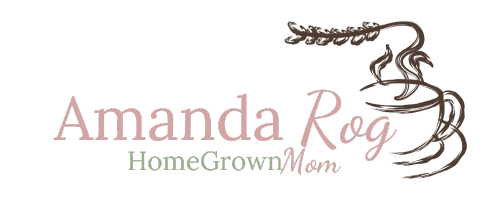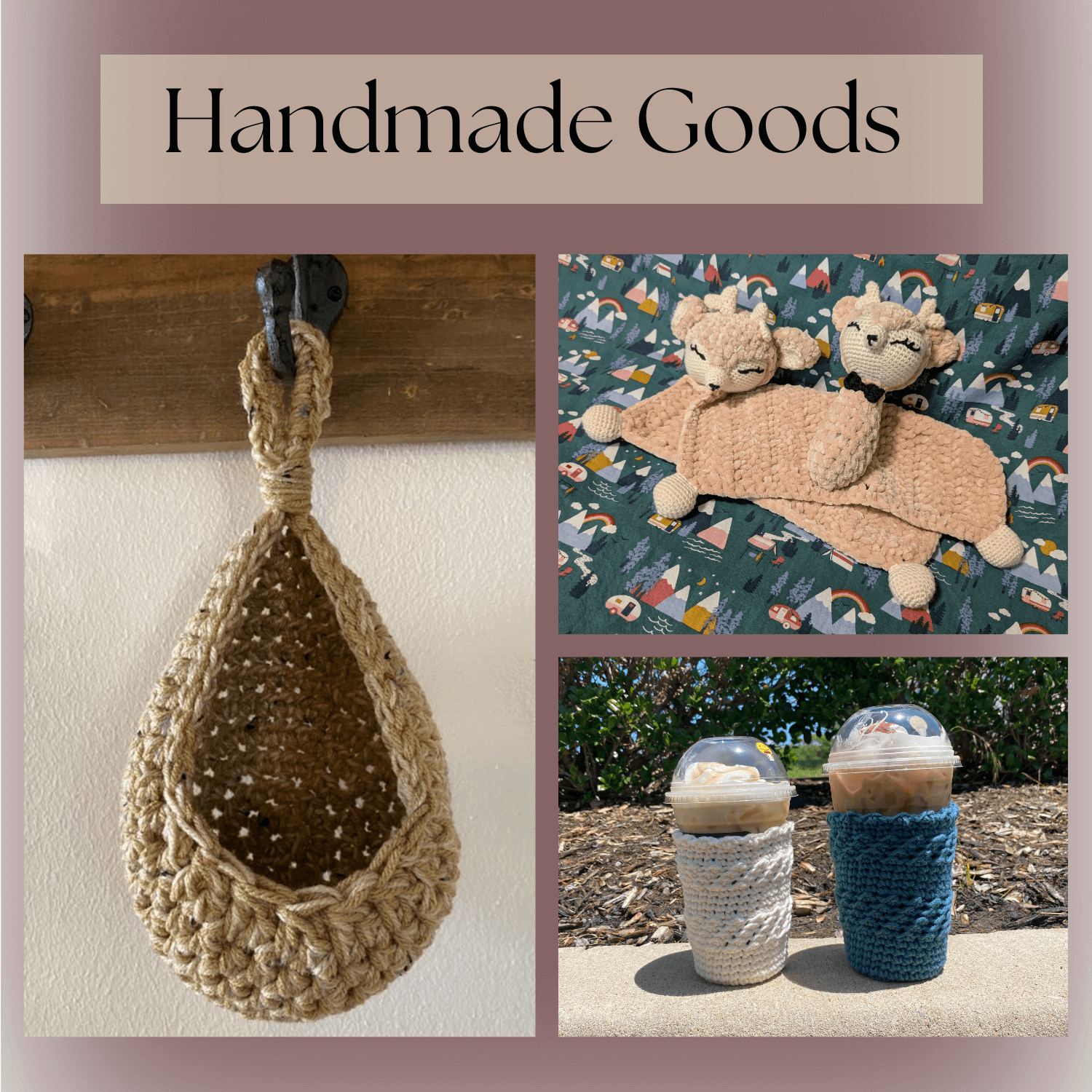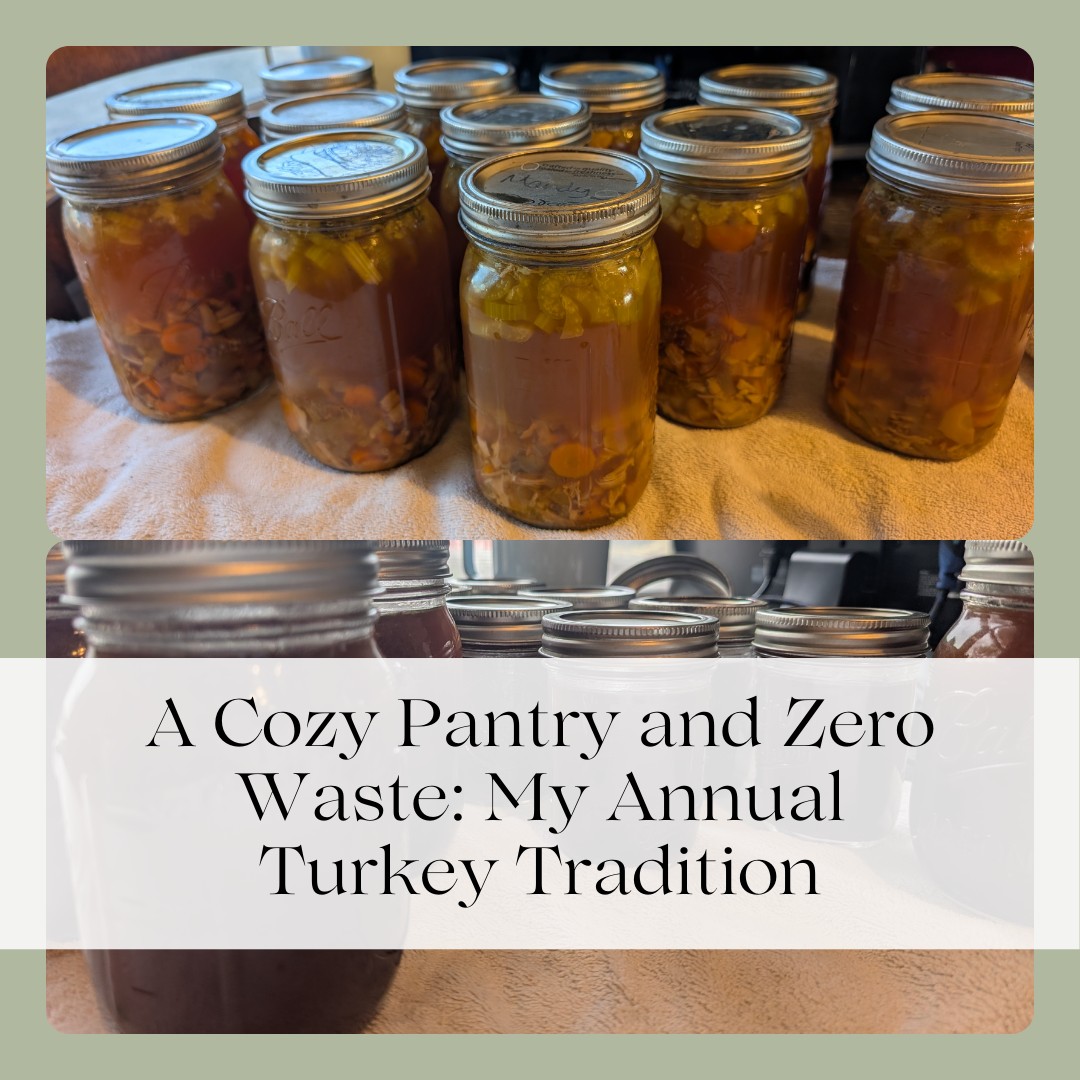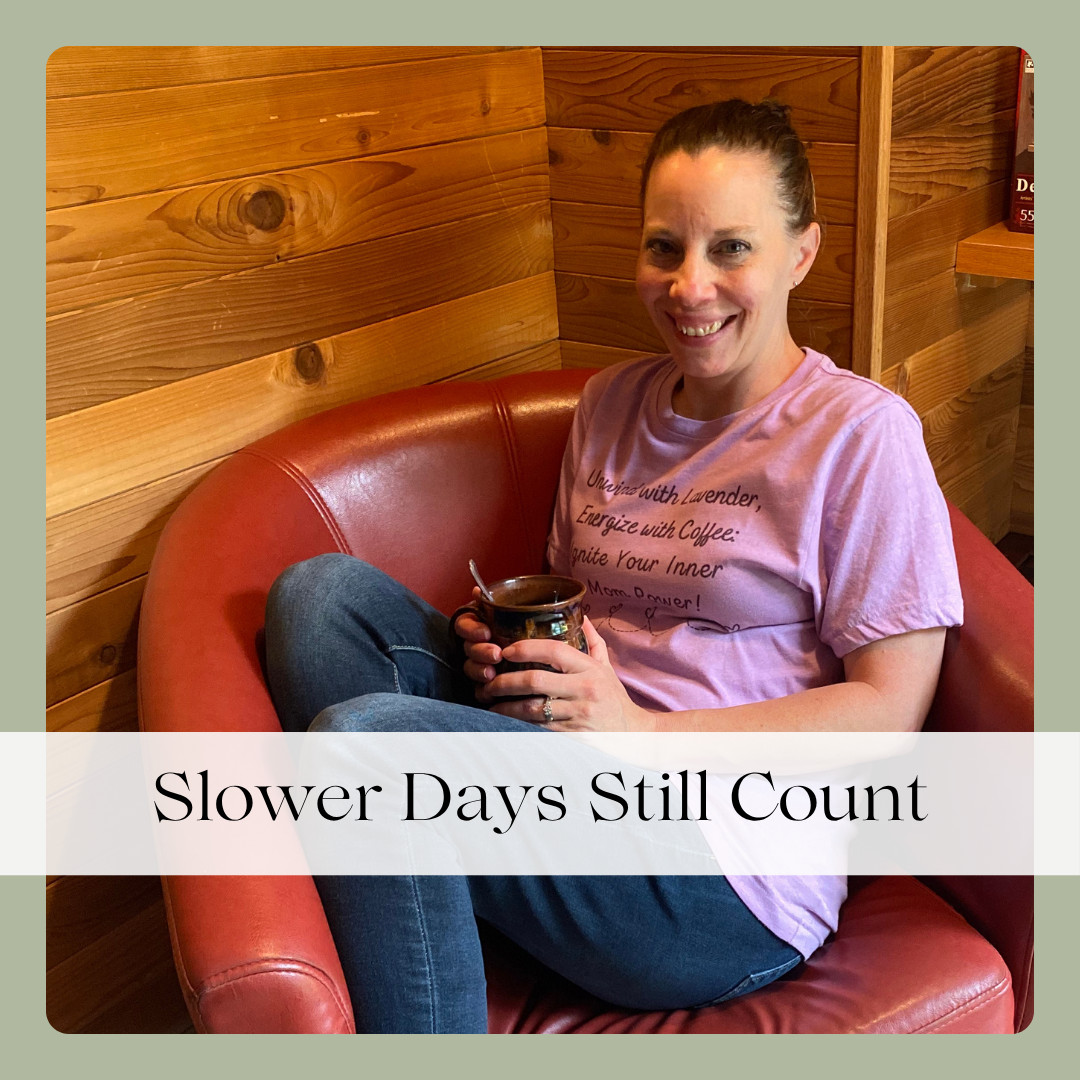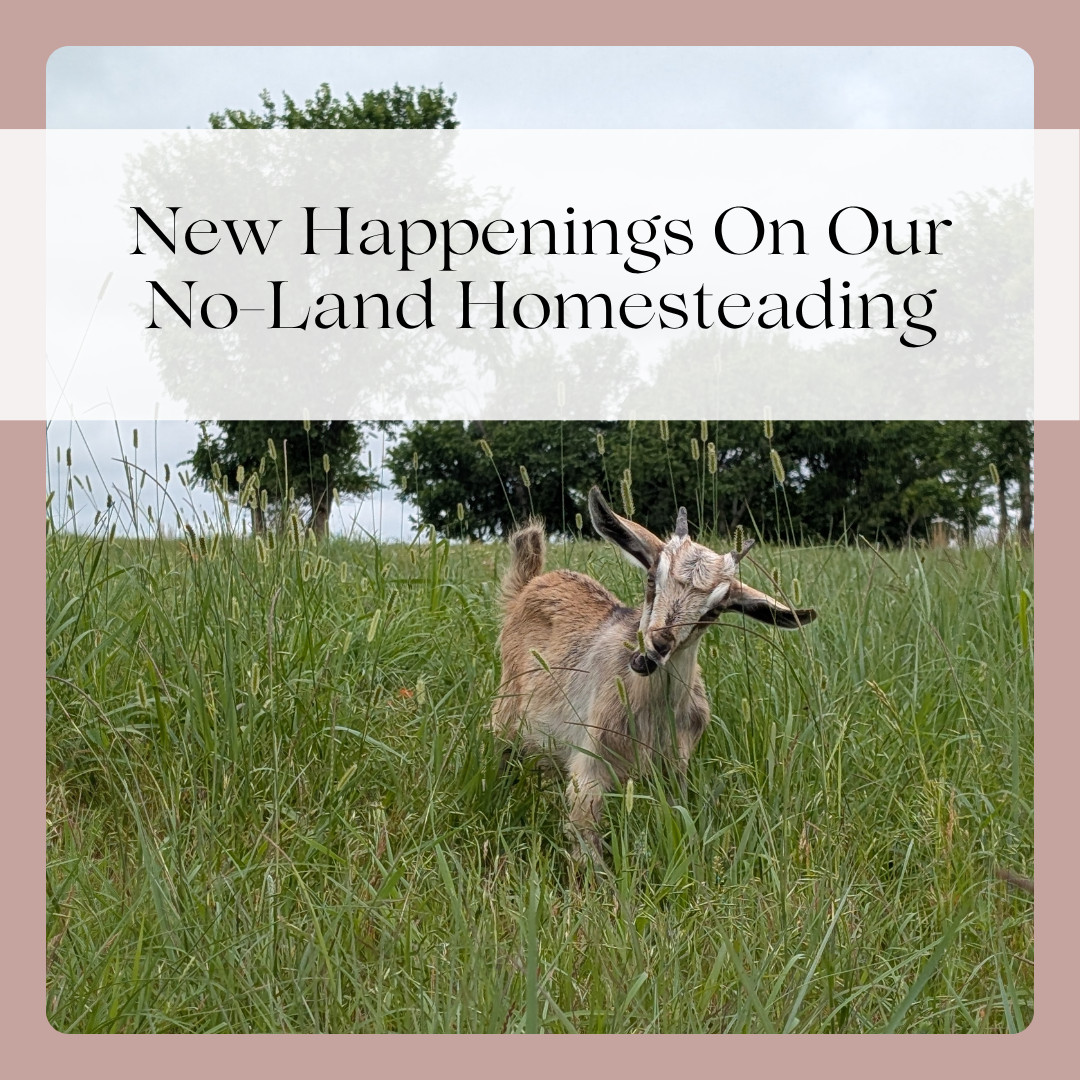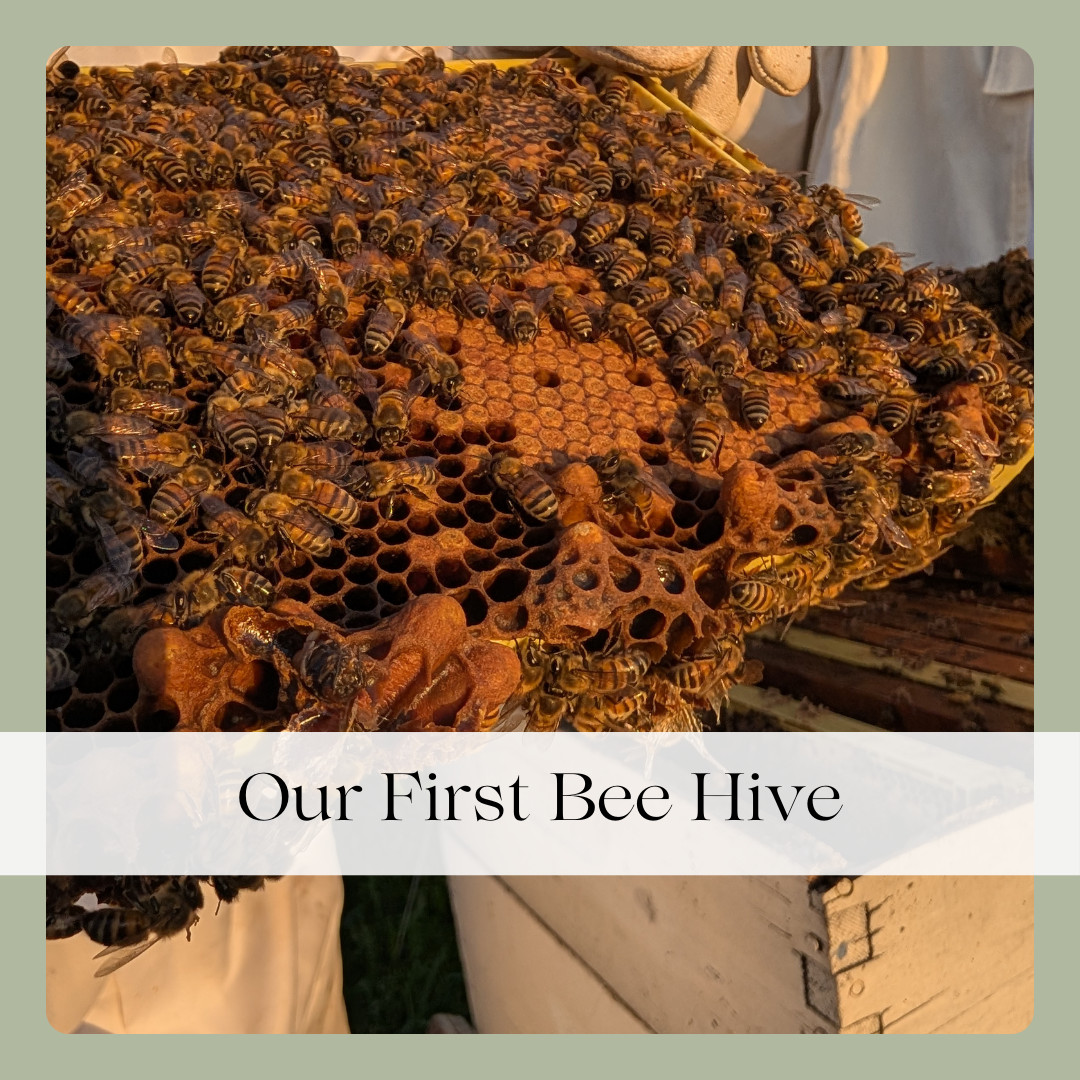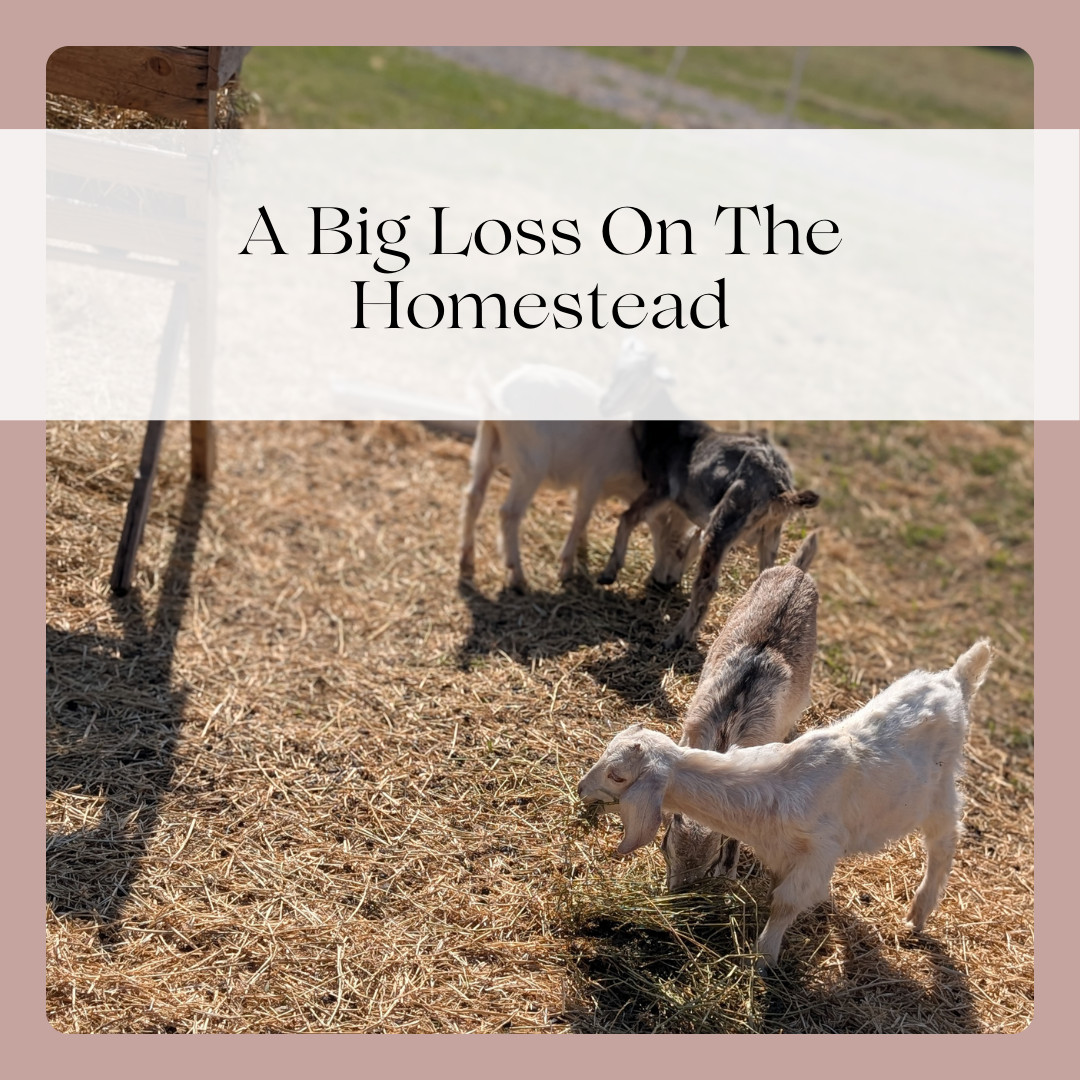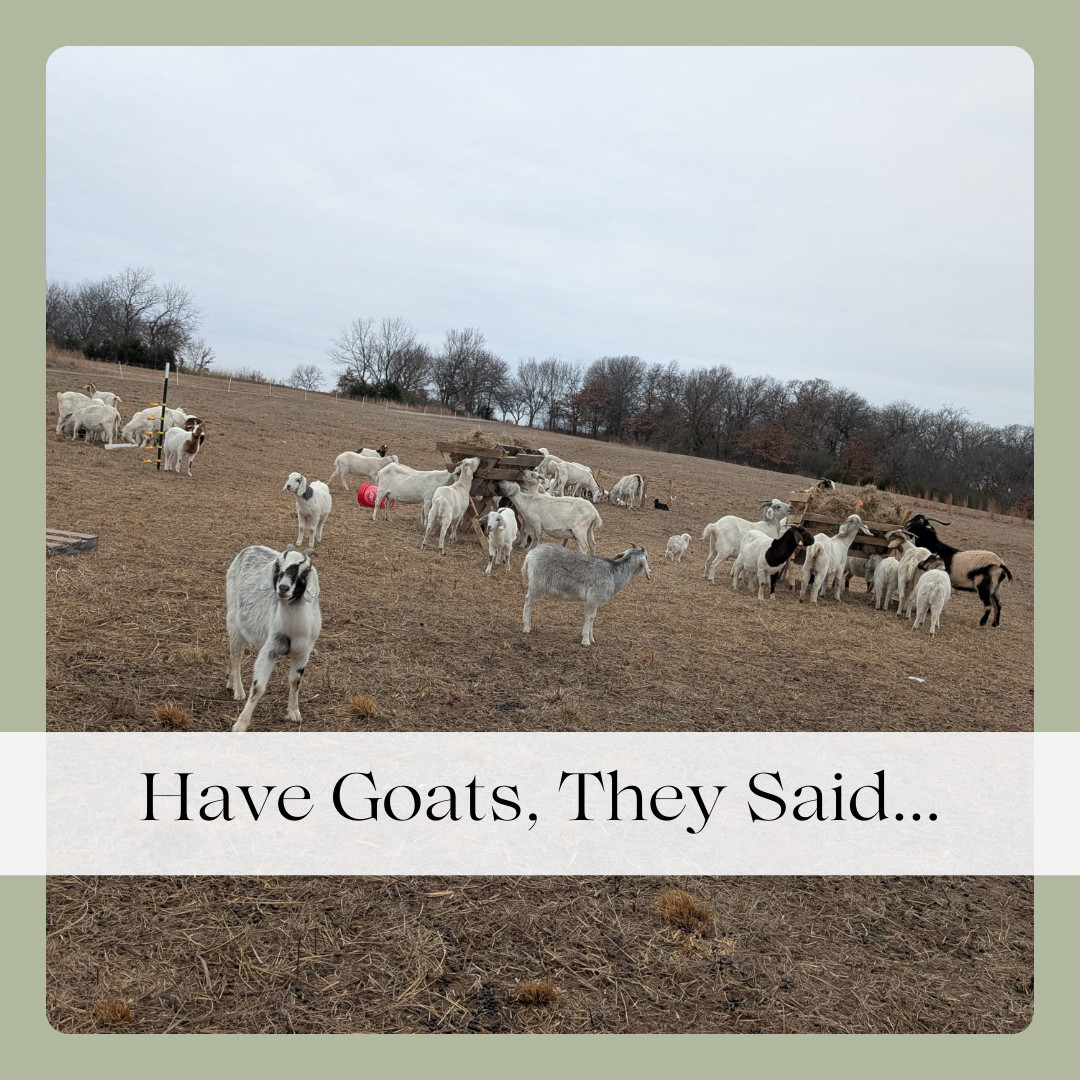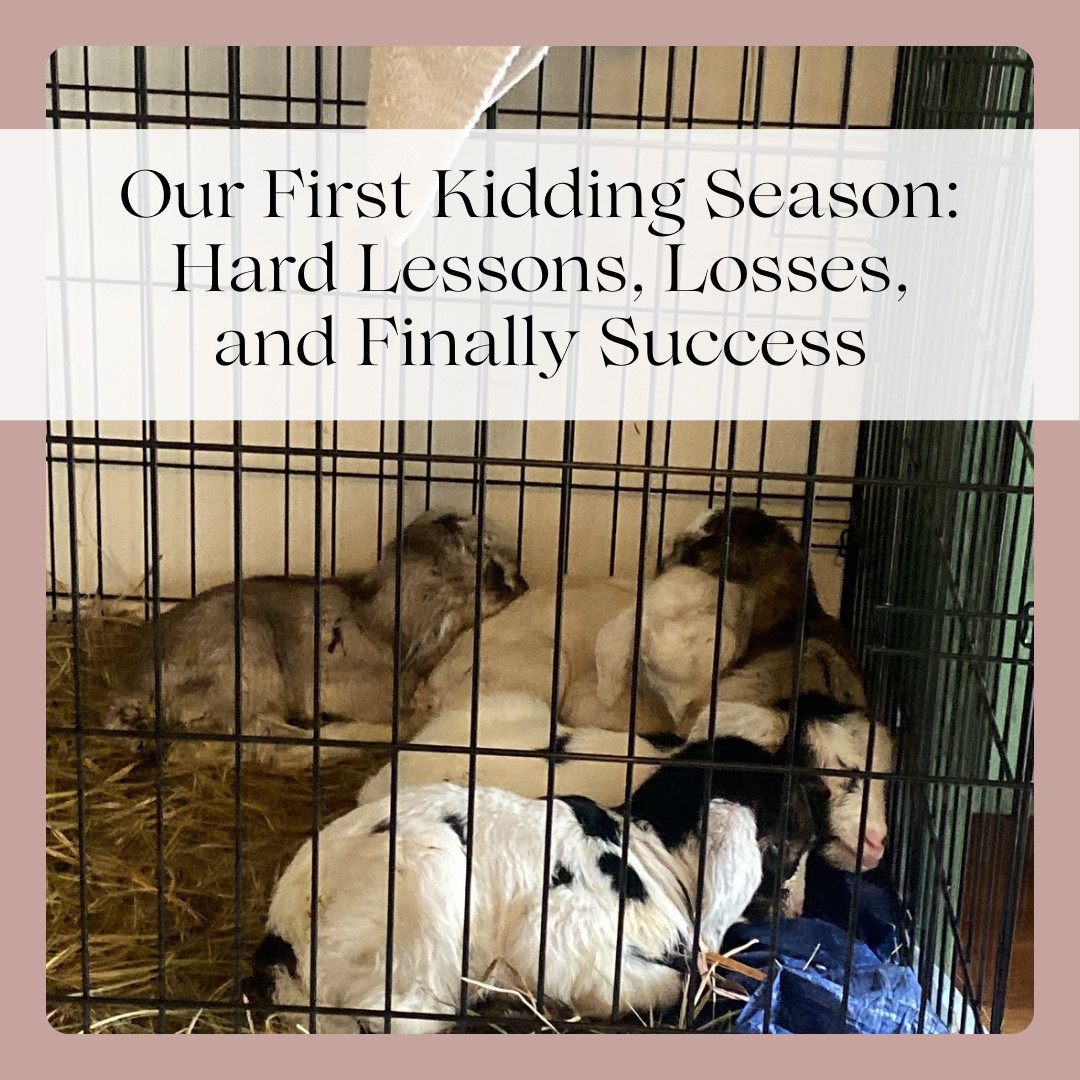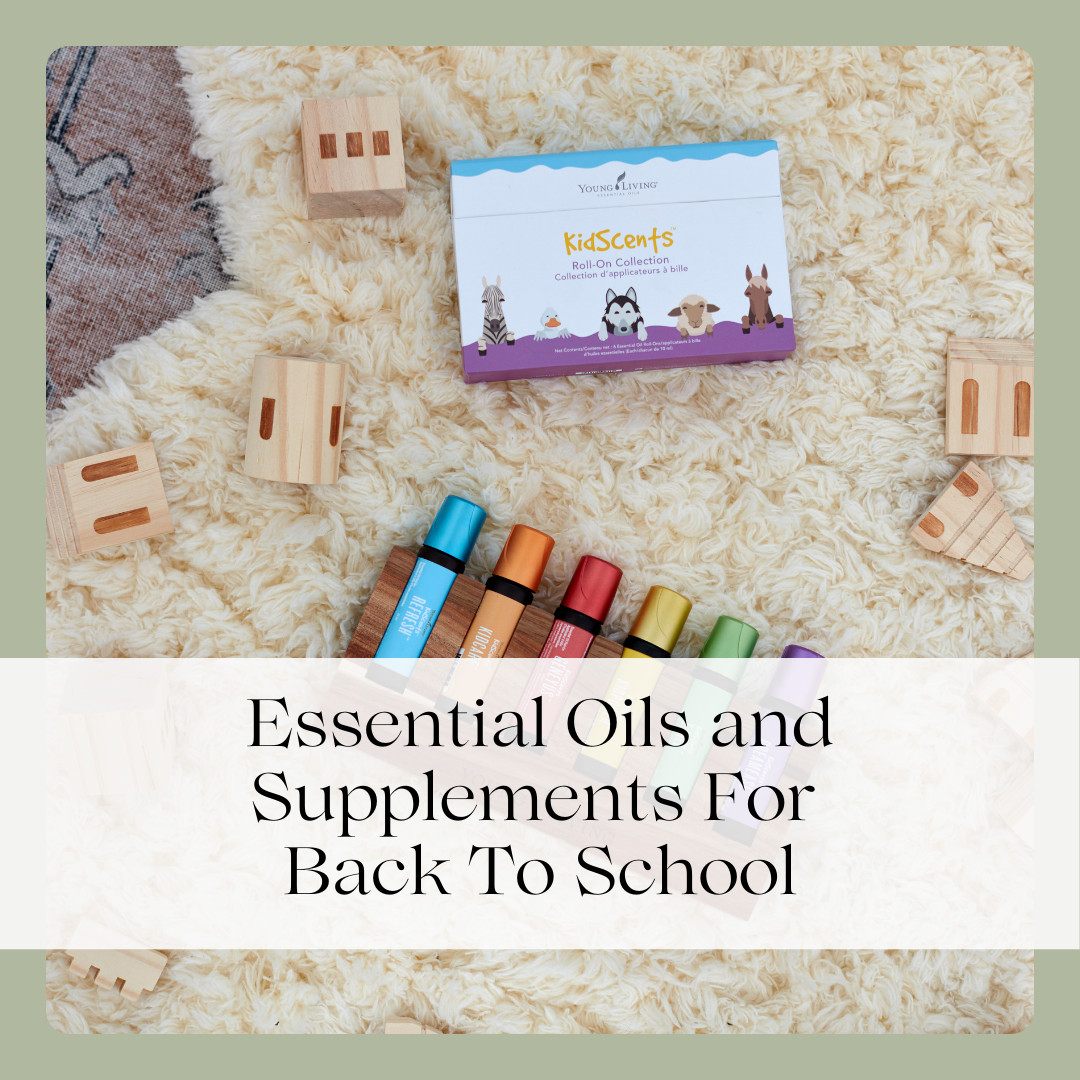
Whether you homeschool or send your kids to public school, this time of year is the time of year that we tend to focus on staying healthy for the upcoming winter months. When my kids were in public school, I didn't let them leave the house before rubbing Thieves Essential Oil on the bottoms of their feet. And guess what? If they did get sick at all, it was very mild and only lasted about a day. I was amazed! Obviously you have to do more than just rub an essential oil on the bottoms of your feet. It also includes having a generally healthy lifestyle, eating healthy, and having a clean home (now I'm not talking about a 100% magazine picture perfect house...but clean, non-the-less).
Here are a few products I suggest to help keep your kids above the wellness line this season:
1. Thieves® Essential Oil Blend
- Benefits: This blend is excellent for supporting the immune system, especially during the school year when kids are exposed to various germs.
- Usage Tips: Diffuse it in the morning before school, apply it to the bottoms of their feet, or add it to a homemade hand sanitizer.
2. KidScents® MightyVites™
- Benefits: These chewable multivitamins are designed specifically for children, offering essential vitamins, minerals, and antioxidants to support overall wellness.
- Usage Tips: Include them in your child's morning routine to ensure they’re getting the nutrients they need.
3. KidScents® MightyZyme™
- Benefits: These chewable tablets support healthy digestion, which is important during the school year when diet changes can affect digestion.
- Usage Tips: Give these to your child before meals to help with digestion, especially if they have food sensitivities or are eating at school.
4. GeneYus™ Essential Oil Blend
- Benefits: Part of the KidScents® line, this blend supports focus and concentration, making it perfect for homework time or school projects.
- Usage Tips: Apply it to the back of the neck or diffuse it while kids are studying.
5. TummyGize™ Essential Oil Blend
- Benefits: Helps soothe tummy troubles that can arise during the school day.
- Usage Tips: Apply it to the abdomen to ease occasional discomfort.
6. SniffleEase™ Essential Oil Blend
- Benefits: This blend is great for respiratory support, helping to ease seasonal sniffles.
- Usage Tips: Diffuse it in your child's room at night or apply it to their chest.
7. Thieves® Waterless Hand Sanitizer
- Benefits: A convenient way to keep hands clean and free of germs throughout the day.
- Usage Tips: Pack it in their backpack for easy access after touching shared surfaces.
8. NingXia Red®
- Benefits: A powerful antioxidant drink that supports overall wellness, including energy levels and immune health.
- Usage Tips: Give your kids a small serving daily as part of their morning routine.
If you would like to take a closer look at these products, you can find them here. If you have any questions, please reach out to me. I'm always happy to help!
🌸 From my homestead heart to yours —
If you’re walking this same journey of homemaking, decluttering, and creating a peaceful, faith-filled home, you’re not alone.
I’d love to share encouragement, simple living inspiration, and homestead wisdom with you — right to your inbox.
If you’re walking this same journey of homemaking, decluttering, and creating a peaceful, faith-filled home, you’re not alone.
I’d love to share encouragement, simple living inspiration, and homestead wisdom with you — right to your inbox.
– Amanda | The HomeGrown Mom 🌾
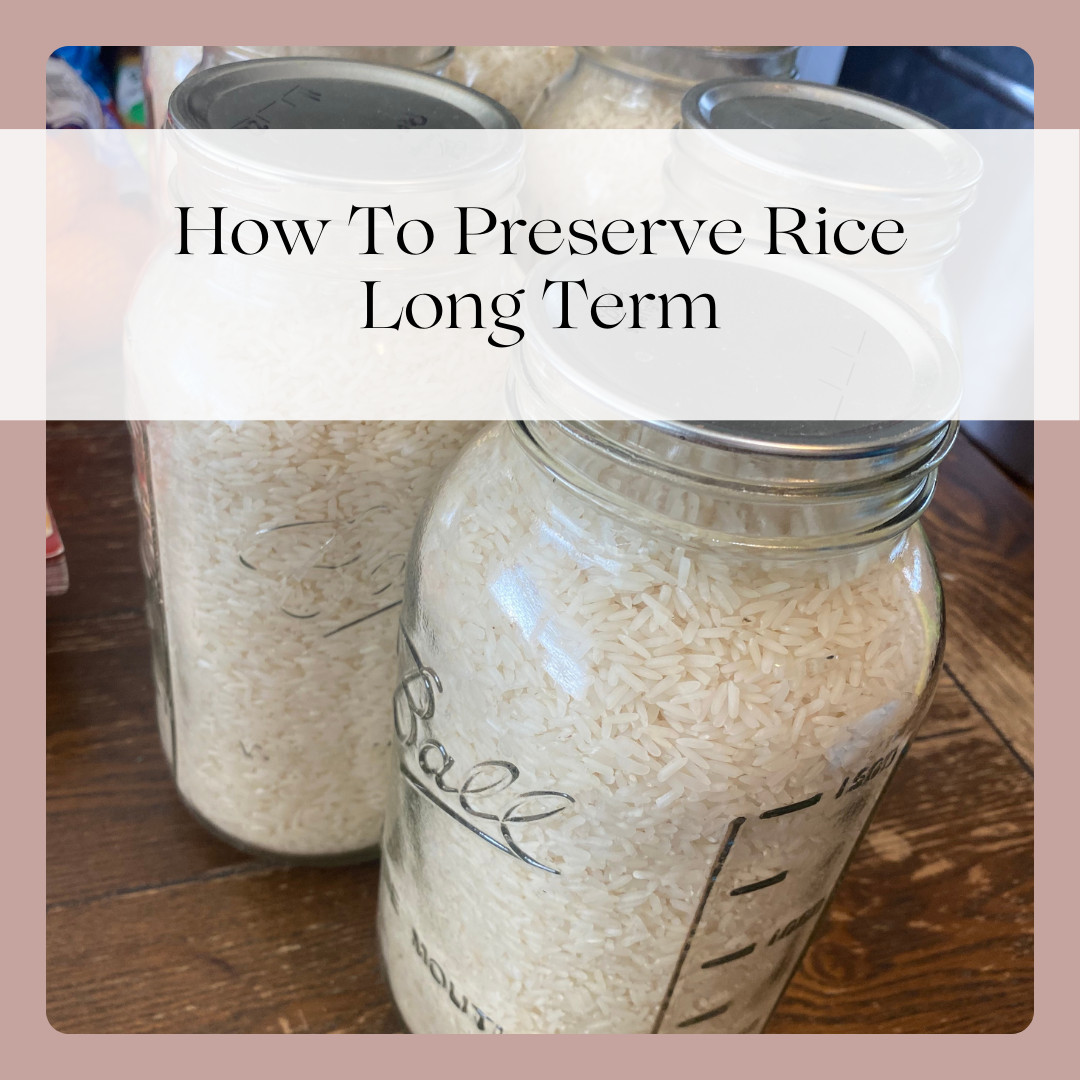
In order to save time and money, I like to buy foods in bulk. One of the items I like to buy in bulk is rice. I usually get it from Sams in either a 25 or 50 pound bag. Before I go any further, let me state that I have not done the proper research to know exactly which rice is the healthiest and best for my family. For now, this is just a budget-friendly option that I choose.
As you can imagine, this large of a bag takes my family a few months to go through (we use a lot of rice!). I usually bag it into gallon size bags and freeze it until I'm ready to use it. This time I decided to use my air-tight sealer and some half-gallon jars I had on hand. I kept one jar open for use and sealed another 7 jars. I dated the top and will store these in my pantry.
Again, I haven't done a ton of research on this option. I have seen that you can just simply seal them without any oxygen absorbers. This should keep the bugs and pests out and also help it remain fresh. However, for super long-term storage (like 10+ years), I think I'd prefer to add the oxygen absorbers for that extra bit of preservation.
Here are the supplies I used (other than the rice):
Vacuum Sealer - this is just a generic link. My sealer is so old it is no longer available. It is a Black & Decker brand. Just be sure the sealer you use has an way to hook up an external hose for jar sealing.
Oxygen Absorbers (optional)
There really isn't much to it. Just fill the jars with a little bit of head space. Attach the hose to the sealer, put the lid onto the jar, place the sealer firmly on top, and hit the seal button. Once the seal is completed, I have found it best to disconnect the hose first, then remove the top (what fits over the lid) off of the jar. Otherwise, the top seems to want to undo the seal and take the lid with it. This doesn't happen every time, but when I remove the hose first, it almost never happens.
Then, just remember to store the jars in a cool, dark place.
This post is where I got my information for getting started. It states to either air-tight seal or use the oxygen absorbers. It also gives tips on proper storage.
Happy Storing!
🌸 From my homestead heart to yours —
If you’re walking this same journey of homemaking, decluttering, and creating a peaceful, faith-filled home, you’re not alone.
I’d love to share encouragement, simple living inspiration, and homestead wisdom with you — right to your inbox.
If you’re walking this same journey of homemaking, decluttering, and creating a peaceful, faith-filled home, you’re not alone.
I’d love to share encouragement, simple living inspiration, and homestead wisdom with you — right to your inbox.
– Amanda | The HomeGrown Mom 🌾

As a busy homemaker, homesteading mom and wife, it can be hard to find time to "just be". Our days are filled with grocery shopping, housework, keeping things organized around the home, keeping the schedule straight for the family, making meals from scratch...the list seems endless. So what can we, as moms, do when our days seem so overwhelming and we just have a hard time functioning and keeping up?
First and foremost, start your day with God. This can be a prayer or meditation as you start your day. It may be a quite study time as you have your first cup of coffee. Whatever it is, always start your day with God.
Make a list of things that you need to get done. Prioritize your list and choose your top 3 that HAVE to be done. This helps clear your mind and free some space to help you manage your day.
But what if you have done these things and you still feel overwhelmed? That's when I like to do a quick little mind reset using the Aroma Reset. It's a branch of the Aroma Freedom Technique (AFT) that is super quick and very beneficial. I keep a roller bottle with the Memory Release Blend of oils in it, ready to use at a moments notice. When I feel overwhelmed or super stressed out, I grab the bottle and roll it on my wrists and the back of my neck. I take a moment to breath it in and relax. Seriously, it only takes about 60 seconds and my brain resets and I am able to better accomplish the task at hand.

Need to know more about this quick reset? I offer a 30-minute one-on-one coaching call where I not only walk you through this reset, I also walk you through an extended version (also super quick to use!) so that you have the tools you need to do these techniques throughout your day as needed. This session also includes a sample of the memory release blend that you can carry along with you and use as needed.
Trust me, your whole family will benefit from you taking a minute here and there throughout your day to reset your mind and let go of the stress and overwhelm.
If you want to know more about the Aroma Freedom Technique and how it works, check out these related blog posts:
The Aroma Freedom Technique (AFT)
The Aroma Freedom Technique (AFT)
#deepbreath
#inhalepeace
#exhaledoubt
#regainclarity
#inhalepeace
#exhaledoubt
#regainclarity
🌸 From my homestead heart to yours —
If you’re walking this same journey of homemaking, decluttering, and creating a peaceful, faith-filled home, you’re not alone.
I’d love to share encouragement, simple living inspiration, and homestead wisdom with you — right to your inbox.
If you’re walking this same journey of homemaking, decluttering, and creating a peaceful, faith-filled home, you’re not alone.
I’d love to share encouragement, simple living inspiration, and homestead wisdom with you — right to your inbox.
– Amanda | The HomeGrown Mom 🌾

My daughter got married 2 months ago. There was a picture I requested that may seem out of the ordinary. We weren't quite sure how to do it to get the best angle. But it turned out great!
You've probably seen the bride with her wedding band over the flowers. Maybe even the bride and groom together. But what about the parents and their wedding bands, especially when both sets of parents are still married.
You may think, ok, big deal. But here's the thing...it IS a big deal! In today's society when it's more common to have merged families, it seems rare to that both sets of parents will still be married. After all, in most cases that means the parents have been married for 20+ years. That's quite the accomplishment!
Now the question: Why have a picture taken of all 6 hands/rings? Because I think it's a great reminder of where this young couple came from. A reminder of the commitments their parents made. A reminder that when you work hard at it, you can make it work. When you put God first, nothing can break you apart. These reminders are SO important! It's not just a covenant between the bride and groom. It signifies the relationship between both families that have chosen to work together to help these newlyweds make a home and life together. It's a reminder that together, we can accomplish great things. It's a reminder of all of the times we have put God first and not listened to our selfishness or what the world around us has to say.

Hebrews 13:4 "Let marriage be held in honor among all, and let the marriage bed be undefiled, for God will judge the sexually immoral and adulterous."
1 Peter 3:7 "Likewise, husbands, live with your wives in an understanding way, showing honor to the woman as the weaker vessel, since they are heirs with you[a] of the grace of life, so that your prayers may not be hindered."
Colossians 3:18 "Wives, submit to your husbands, as is fitting in the Lord."
*photo credit: SaltLight Photography
🌸 From my homestead heart to yours —
If you’re walking this same journey of homemaking, decluttering, and creating a peaceful, faith-filled home, you’re not alone.
I’d love to share encouragement, simple living inspiration, and homestead wisdom with you — right to your inbox.
If you’re walking this same journey of homemaking, decluttering, and creating a peaceful, faith-filled home, you’re not alone.
I’d love to share encouragement, simple living inspiration, and homestead wisdom with you — right to your inbox.
– Amanda | The HomeGrown Mom 🌾
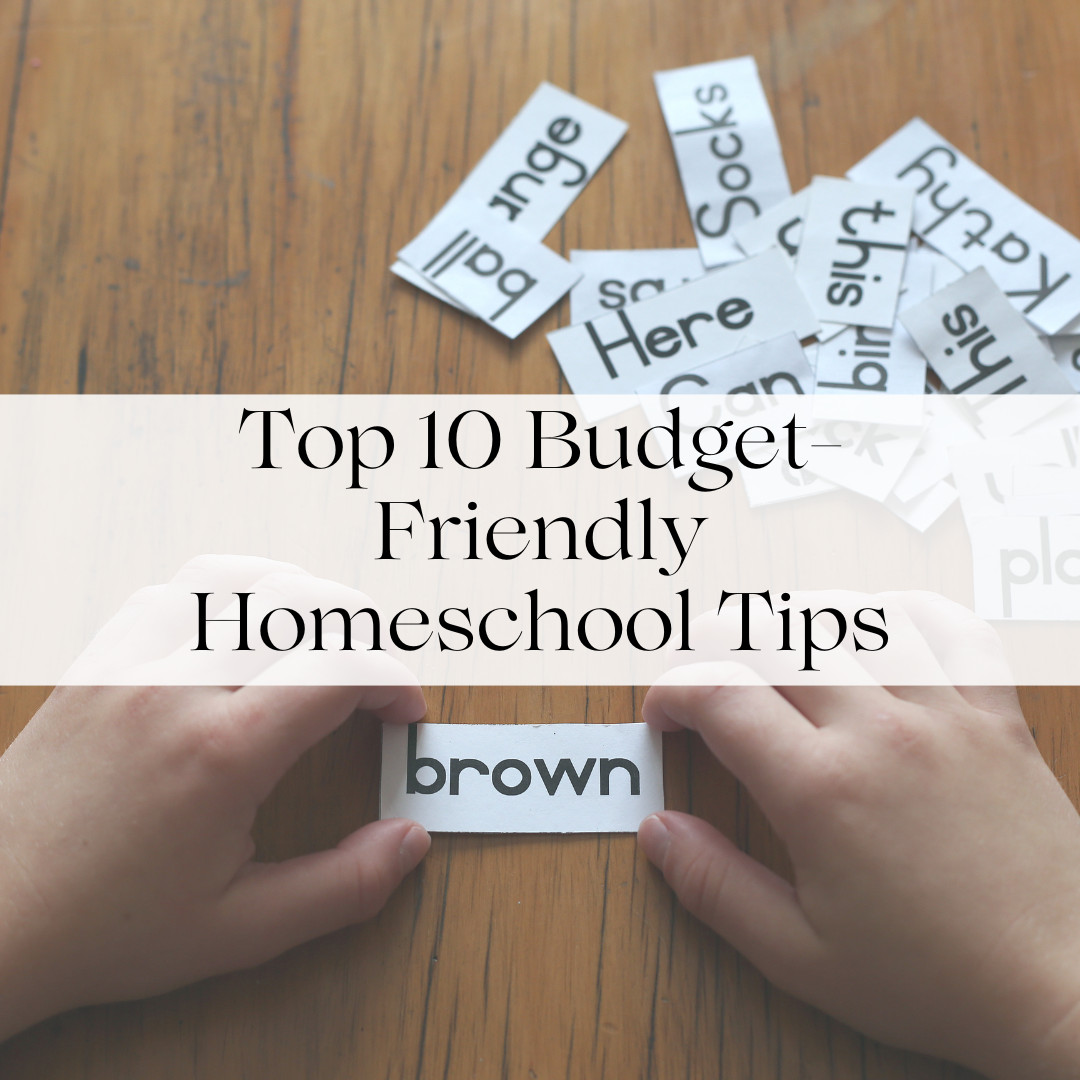
We started homeschooling my kids as they were entering 7th, 5th, and 2nd grades. My husband and I had been thinking about it for years, but the idea of spending all that money held us back. But somewhere along the way we realized that it doesn't have to cost a lot. Being a single-income family, I had to find ways to stretch our dollars and make the most out of it so that we could provide our kids with the right education and tools they needed, and also allow me to stay home with them so that I could help them as needed.
Here is a list of 10 budget-friendly homeschool tips:
- Leverage Free Online Resources: Utilize free educational websites like Khan Academy (this is one I used with my older 2 as they navigated the high school years) and Starfall, which offer a variety of lessons, interactive activities, and even audiobooks for kids.
- Join Homeschooling Groups and Co-ops: Connect with local homeschooling communities to share resources, buy used curriculum, and participate in group activities and field trips. Share teaching responsibilities and resources with other homeschooling families. This can reduce costs and provide your children with more diverse learning experiences.
- Use the Library: Borrow books and educational materials from your local library. Many libraries also offer free access to online resources and educational programs.
- Buy Discounted Supplies: Shop for school supplies during back-to-school sales, use resell websites like eBay, and check dollar stores for basic supplies like paper, pens, and crayons. You can also join mailing lists and get notified when big sales are happening.
- Create a Budget: Plan your homeschooling expenses carefully. Make a detailed list of needed supplies and resources, then look for the best deals to stay within your budget.
- Choose Cost-Effective Curriculum: Consider using unit study curriculums that allow multiple children to study subjects like history and science together. This can save money compared to buying grade-specific materials for each child.
- Engage in Free Extracurricular Activities: Take virtual tours of museums, historical sites, and other attractions. Many places also offer free or discounted admission for local residents. Take Advantage of Community Resources: Utilize community resources such as parks, museums, nature centers, and historical sites for hands-on learning experiences. Many of these places offer free or low-cost educational programs and tours
- Incorporate Life Skills: Teach practical life skills like cooking, budgeting, and gardening as part of your curriculum. These activities often require minimal expense and provide valuable lessons.
- DIY Learning Tools: Create your own educational tools and resources. For example, make flashcards, use household items for science experiments, or design your own worksheets. There are many free templates and guides available online to help you get started.
- Online Used Curriculum Marketplaces: Explore online marketplaces specifically for used homeschool curriculum, such as Homeschool Classifieds or eBay. These platforms often have gently used materials at a fraction of the cost of new ones.
This is just the tip of the iceberg. I combined a few that were similar. Sometimes it helps get those creative juices flowing when you see similar options together. The biggest way to accomplish budget-friendly homeschooling is to become a part of a homeschool community. Many homeschool moms love sharing their resources and swapping curriculum. Joining a local homeschool co-op was one of the best decisions we ever made for our homeschooling journey.
🌸 From my homestead heart to yours —
If you’re walking this same journey of homemaking, decluttering, and creating a peaceful, faith-filled home, you’re not alone.
I’d love to share encouragement, simple living inspiration, and homestead wisdom with you — right to your inbox.
If you’re walking this same journey of homemaking, decluttering, and creating a peaceful, faith-filled home, you’re not alone.
I’d love to share encouragement, simple living inspiration, and homestead wisdom with you — right to your inbox.
– Amanda | The HomeGrown Mom 🌾
